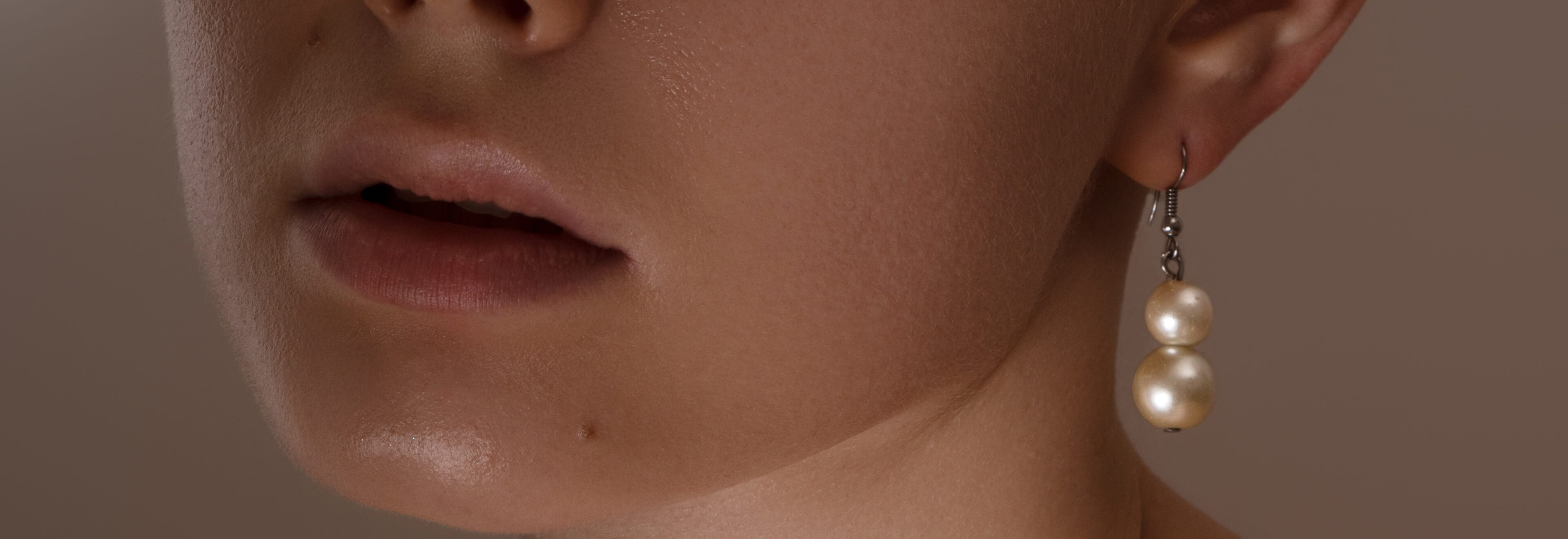Emerald is the green to bluish green variety of beryl, a mineral species that also includes aquamarine as well as beryls in other colors.
OVERVIEW - EMERALD
Emerald has many special qualities, but colored stone professionals generally agree that emeralds are, most of all, about color. Emerald has been the standard for green among colored stones for thousands of years
QUALITY FACTORS
-

COLOR
The most desirable emerald colors are bluish green to pure green, with vivid color saturation.
-

CLARITY
In Emerald expect to see inclusions that dealers like to call an internal “jardin,” or garden
-

CUT
Due to the crystal shape emeralds are commonly cut as rectangular step cuts called emerald cuts.
-

CARAT WEIGHT
Because its density is lower, a one-carat emerald will appear larger in size than a one-carat diamond.
THE COLOR OF EMERALD
The most desirable emerald colors are bluish green to pure green, with vivid color saturation and tone that's not too dark. The most-prized emeralds are highly transparent. Their color is evenly distributed, with no eye-visible color zoning. The intensity of the green in the finest emeralds might not be equaled by anything else in nature.
Emerald appearance is sometimes associated with its mine location. Colombian emeralds are said to have a warmer and more intense pure green color. Zambian emeralds are said to have a cooler, more bluish green color. In spite of these theories, the truth is that emerald appearance overlaps between sources.
THE EMERALD CUT
The Emerald Cut draws its name from the stone most cut in this rectangular shape - the viridian dream, emerald. Emeralds are most commonly cut as rectangular step cuts, as known as 'emerald cut'.
Emeralds are particularly hard to cut as almost all emerlads have significant fractures (sometimes called fissures in the trade). A cutter must design the cut to minimize the effect of those fractures on the finished stone. Emeralds are more brittle than a gem like corundum. This makes them vulnerable to damage during cutting, polishing, and setting, or even during careless daily wear. The emerald cut can help protect against damage because the vulnerable corners are faceted and provide a comparatively safe place for prongs.
Colombian rough is especially challenging due to the distribution of coloring agents during formation. Its color is more intense
closer to the surface. Without careful planning and cutting, the finished stone might be much lighter in color than the original material.
EMERALD CLARITY
Emeralds typically contain inclusions that are visible to the unaided eye. Because of this, trade members and some consumers understand and accept the presence of inclusions in emeralds. Eye-clean emeralds are especially valuable because they're so rare.
Emerald inclusions are often described as looking mossy or garden-like. They're sometimes called "jardin," which is French for garden.
EMERALD OILING
It is well known in the trade that most emeralds on the market today are oiled. The traditional treatment for emeralds is
fracture-filling with natural oils. Emerald oiling is different the common heat treatment seen in other previous gemstones as it's not permanent.
ASLOWE EMERALD
Aslowe emerald products are made from high-quality natural emeralds. Each piece is carefully selected by our gemological experts and handcrafted to reflect its pure, vibrant green color and unique inclusions called internal "jardin" or garden.
EMERALD TRIVIA
As the gem of spring, emerald is the perfect choice as the birthstone for the month of May. It's also the gem of the twentieth and
thirty-fifth wedding anniversaries.
EMERALD CARE
Emerald requires extra care in wearing due to its fractured nature. Wipe it clean with a soft cloth after wear and store it in
your Aslowe jewelry box or pouch. Avoid exposure to sharp objects, heat, perfume or cosmetics. Since the great majority of fashioned natural emeralds contain filled fractures, it's risky to clean them ultrasonically or with steam. Ultrasonic vibrations can weaken already-fractured stones, and hot steam can cause oil or unhardened resin to sweat out of fractures.
Read more about emeralds from GIA gem encyclopedia.
Source: https://www.gia.edu/emerald







